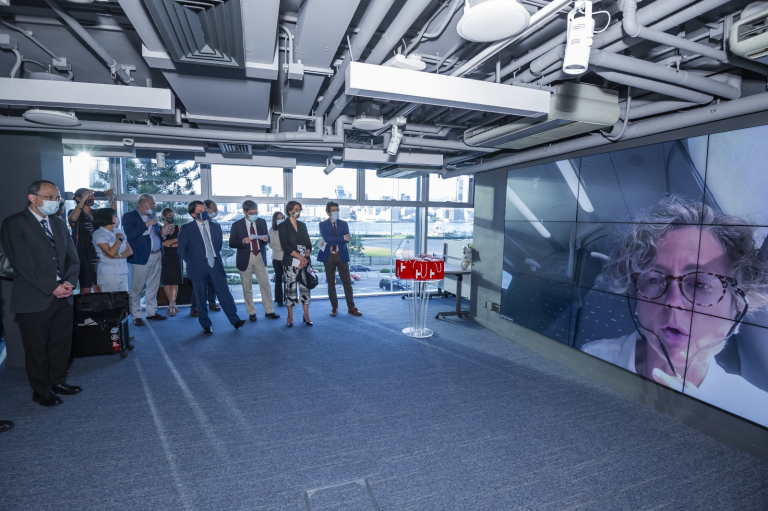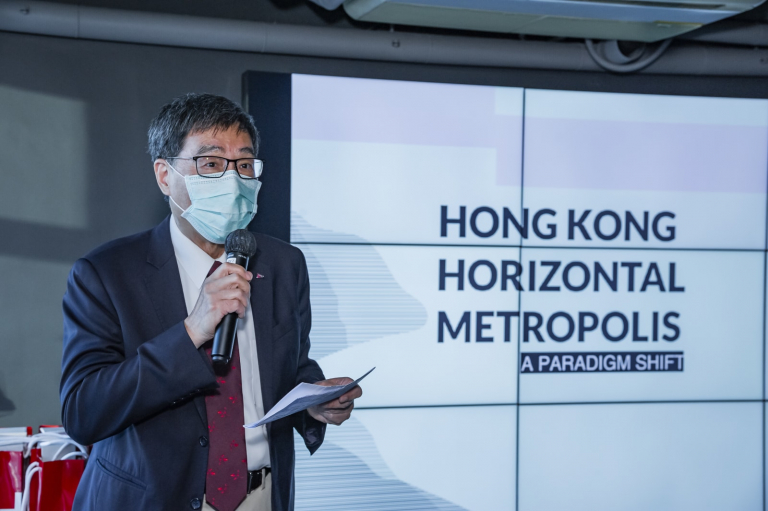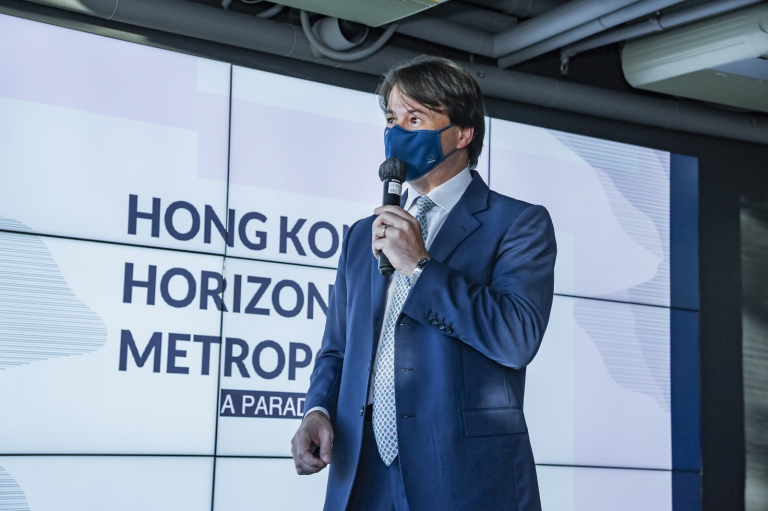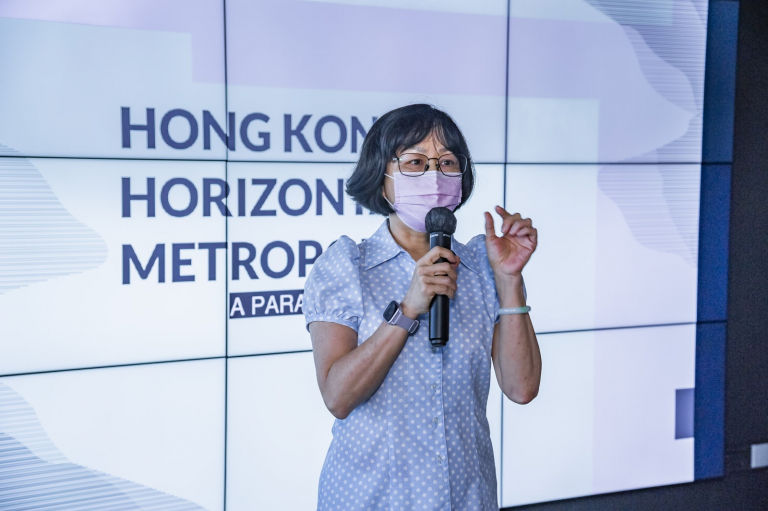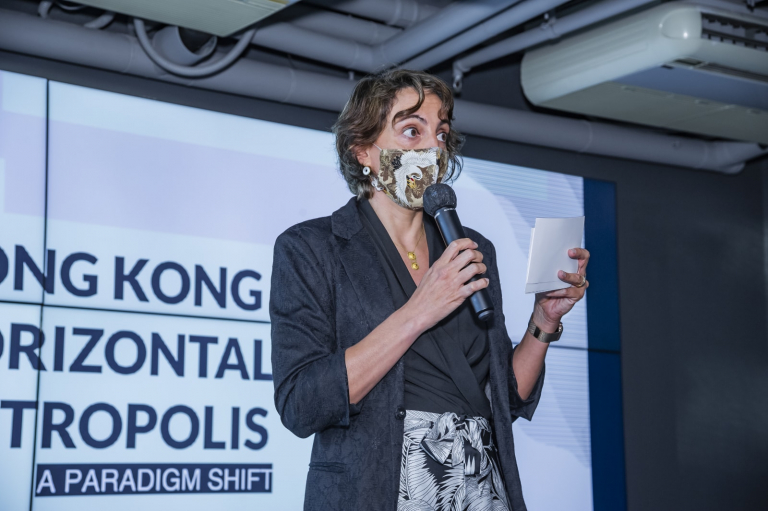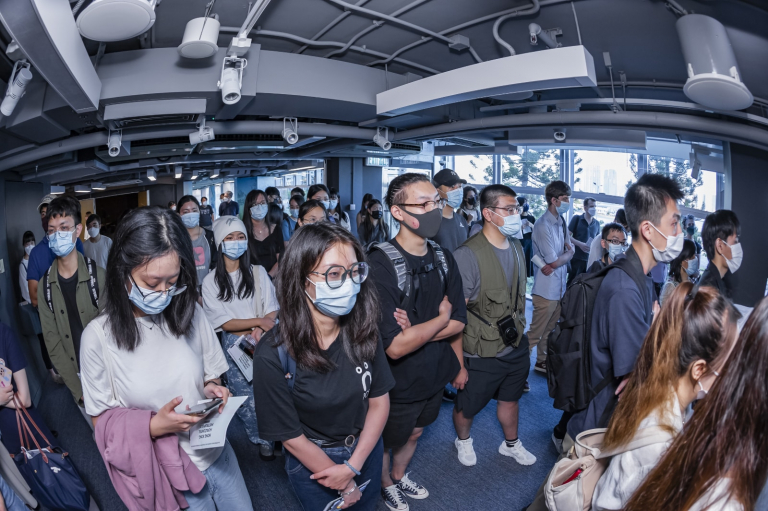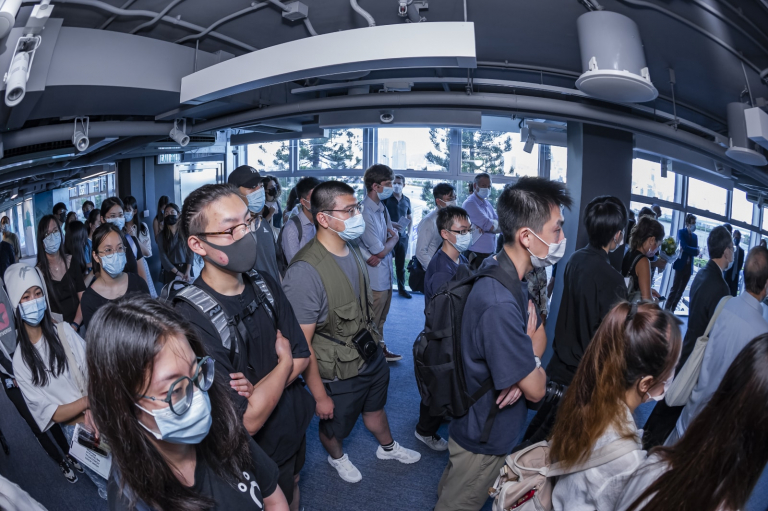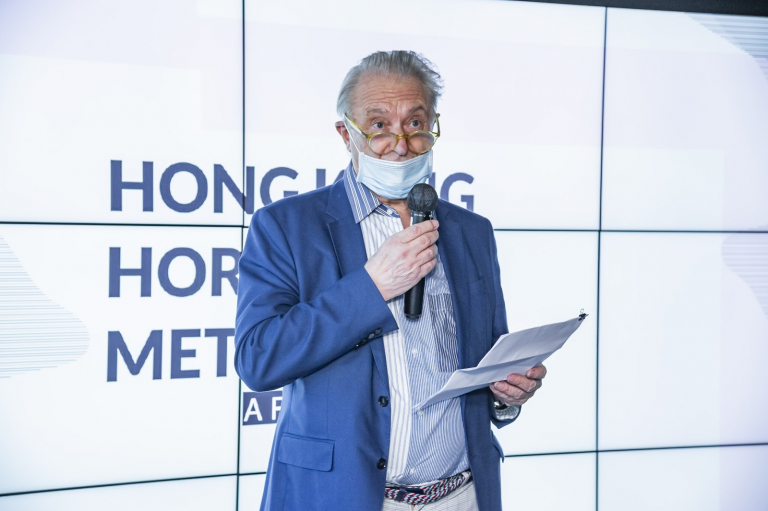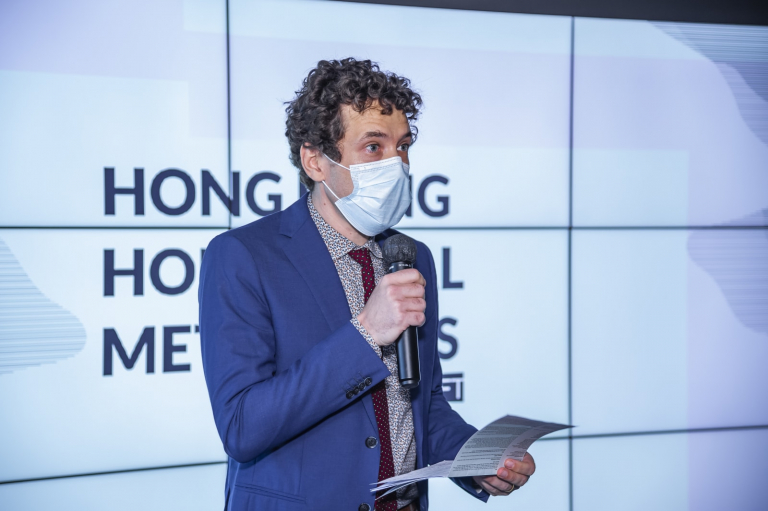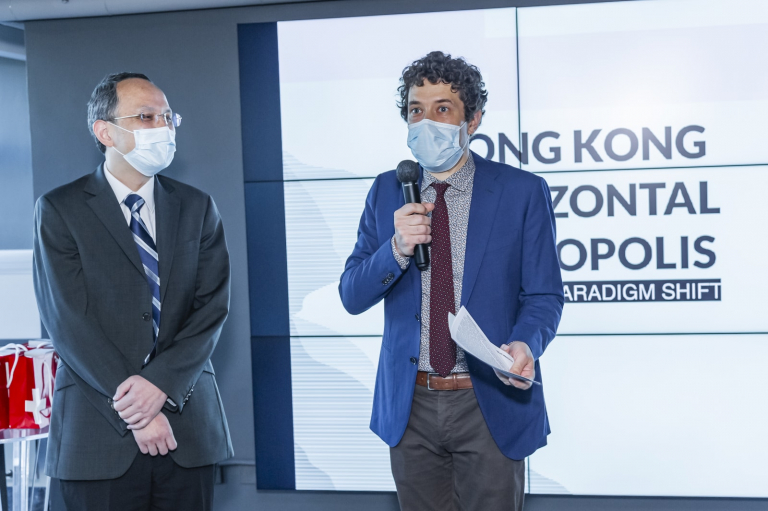Hong Kong Horizontal Metropolis: A Paradigm Shift
The growing global human footprint and the ongoing Covid-19 crisis urge governments, the academic community, and civil society to propose alternative patterns of urbanization that can address urgent ecological and socioeconomic issues while providing a higher quality of life standards. Within this framework, leading urbanists are stressing the need to re-thinking the multiple dimensional relationships of widely interconnected territories.
Hong Kong Horizontal Metropolis: A Paradigm Shift builds on its existing findings from cities such as the Swiss plateau in Lausanne and the territory of Valais, the Italian Veneto region, the American Boston metropolitan area and the Chinese Hangzhou region. It complements them with research insights from Hong Kong and sketches a paradigm shift. This paradigm shift is both an image and a conceptual device to analyze, apprehend and imagine the contemporary city and its future challenges. Urbanity is not subdivided into sub-urban or peri-sphere. It is seen as one entity: Hong Kong is all in once. This exhibition and its accompanying public programming refer to a specific spatial condition characterized by a horizontality of infrastructure, urbanity, relationships, and closely interlinked, co-penetrating the enlarged city realms, communication, relationships, transport and economic systems.
The exhibition Hong Kong Horizontal Metropolis: A Paradigm Shift consists of two parts. Horizontal Metropolis: A Radical Project on the 3rd floor is a project and exhibition collaboratively initiated by design studio Archizoom, Laboratory of Urbanism (Lab-u) and the School of Architecture and Environmental Engineering (ENAC) at École Polytechnique Fédérale de Lausanne (EPFL) and complemented by the research at the Department of Architecture and Engineering at the City University of Hong Kong. The scale models showcase patterns of diffuse urbanization researched over a decade within the distinguished departments of the universities mentioned earlier. Additionally, on view are video documentations and interviews.
Horizontal Hong Kong: A Paradigm Shift on the ground floor engages on a small scale with the life in Lam Tsuen Valley, Sheung Yue River/ Long Valley, and Yuen Long in the New Territories of Hong Kong. Researchers, artists, farmers and small businesses share their insights and lend us their voices to address current conditions. The first-hand film, sound and image footage are weaved together to complement the research and make the actual situation in the New Territories accessible for the visitors. The transport crates of the architectural models are converted into displays. On the one hand, this is a conscious decision to avoid exhibition waste. On the other hand, it focuses on a system of global exchange and glocal respons-ability that should be critically questioned. A vital part of the installation is added by the Blue Girl Farm, which displays its organically produced fruits and vegetables and plant seedlings to contribute to the richness of the territory. Additionally, CityU, CUHK and HKU student projects are another unifying element being laid out to be studied in depth by visitors. Finally, tree trunks and timber furniture made in Hong Kong by HK TimberBank welcome the visitors when entering the City Gallery and guiding their way up to the 3rd floor. As a Hong Kong-based initiative, the reuse of local timber is a good practice that makes use of felled trees due to typhoons, ageing, or urban developments. It formulates a future use of Hong Kong timber instead of producing more landfills and proposes an alternative to current timber imports.
This exhibition proposes to see the future potentials of Horizontal Hong Kong in a comparative view with the regions of Boston, Lausanne, Tangqi, Valais and Venice and sketches the moments in motion towards a paradigm shift in urbanization.

